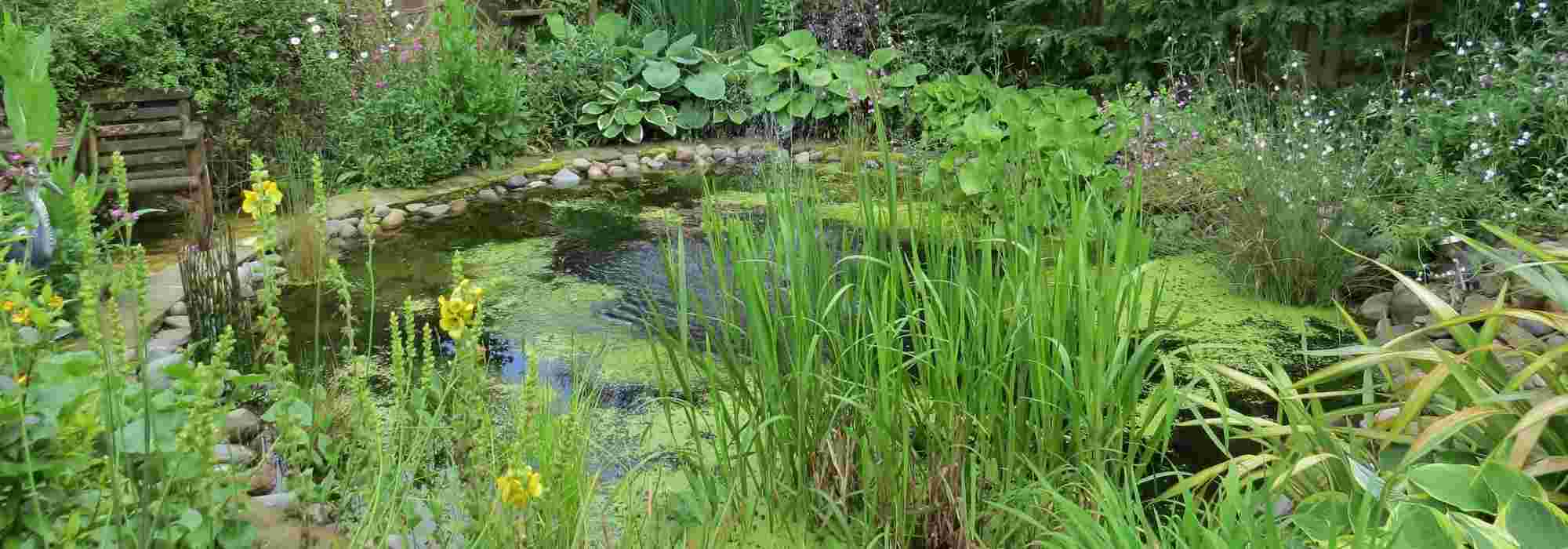
How to restore a pond?
Our tips to revive an abandoned pond
Contents
Ponds are small natural ecosystems that are by definition ephemeral. Without maintenance, they are destined to be filled in naturally by silt and then by water-loving trees. The aim of a pond in the garden is, of course, to keep this medium open to enjoy for as long as possible the aesthetics and life it brings with it. Life sometimes means a pond is left neglected, losing its ornamental and biological interest.
Discover our tips to revive this undeniable asset in the garden that ponds and aquatic basins represent.
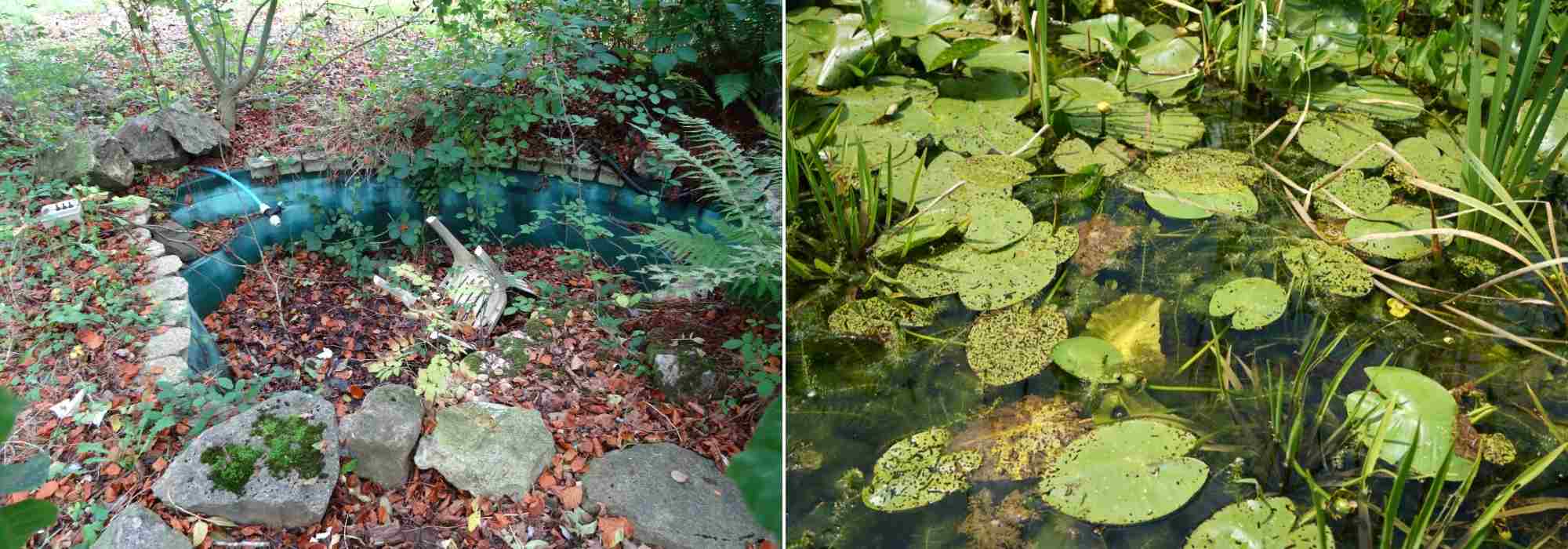
A basin left abandoned, an unmaintained pond… it will be necessary to tidy up to regain a beautiful aquatic space!
When to proceed with pond restoration?
The restoration of the pond is a large-scale operation that ideally takes place towards the end of autumn when the aquatic plants and most animals have completed their biological cycles.
Check the structure and waterproofing
Before intervening, it is essential to assess the situation.
- First, check the watertightness of the pond or pool. Is the liner still in good condition or cracked? Does the water remain all year round? Is the pool supplied by a spring?
- If your liner or any other waterproofing method is in good condition, you can proceed to the next step;
- If not, you will need to empty the pool and replace the liner or seal the holes and other cracks that allow water to escape. During this operation, you will, of course, repair the cracks (in the case of a concrete or resin structure) or completely replace the liner that may have been punctured by a root, rodents, a stone, etc. (Don’t forget to lay a geotextile to avoid having to do this again in a few years!).
- Before draining the remaining water with a pump, keep some aquatic plants in buckets to reintroduce them after the repair.
- To remove a liner or redo waterproofing, you must also remove the sludge and sediments. These will initially be placed on the sides of the pool to allow the myriad of small organisms to reintegrate the area after this heavy operation. The sludge and sediments can also serve as compost for the potted aquatic plants that you will reintroduce later to reseed your pond with plants, bacteria, and microorganisms.
- Don’t forget to keep aquatic plants with their rootstocks to ensure a good recovery.
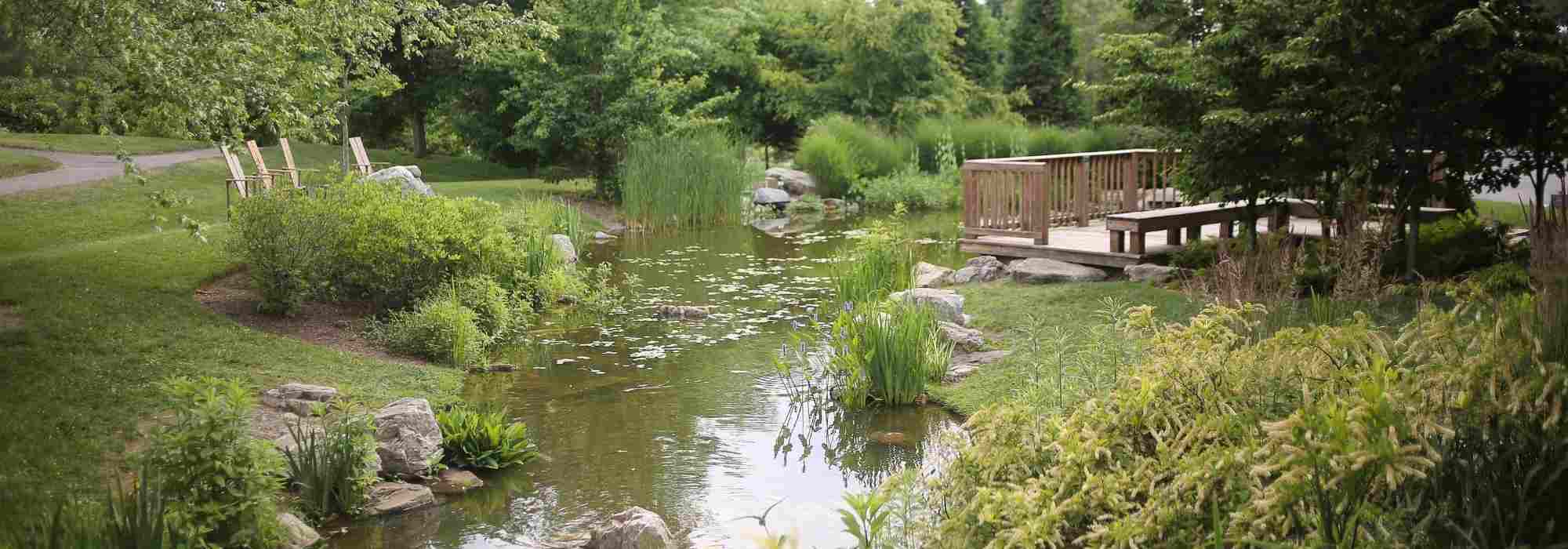
The invisible structure of the pond once completed is essential to check in advance
Rebalance the vegetation
Control excess aquatic plants
When a pond is abandoned, aquatic plants will, over time, accumulate large quantities of organic matter. Like tree leaves, all this green waste will enrich, deoxygenate, and lower the water level, signalling the death knell for this fragile ecosystem. Siltation is a natural phenomenon but must be combated by the gardener to maintain their water feature.
For example, water lilies covering the entire surface of a pond will block sunlight and prevent algae and other submerged plants from performing photosynthesis, which will ultimately suffocate the pond: all animal life in the water feature will become impossible. Lilies must be removed very regularly.
In the case of a water feature overrun by helophyte plants (partially submerged), it will be necessary to extract at least 75% to restore light to the medium. This may involve an invasion of reeds, bulrushes, irises, and carex in mixtures or even an invasive species that has taken over the entire pond.
Once extracted, leave them at the water’s edge to allow animals to re-enter the water and compost them if possible.
It will also be important to remove a large quantity of silt at the same time so that it represents no more than 5 to 10 cm in thickness.
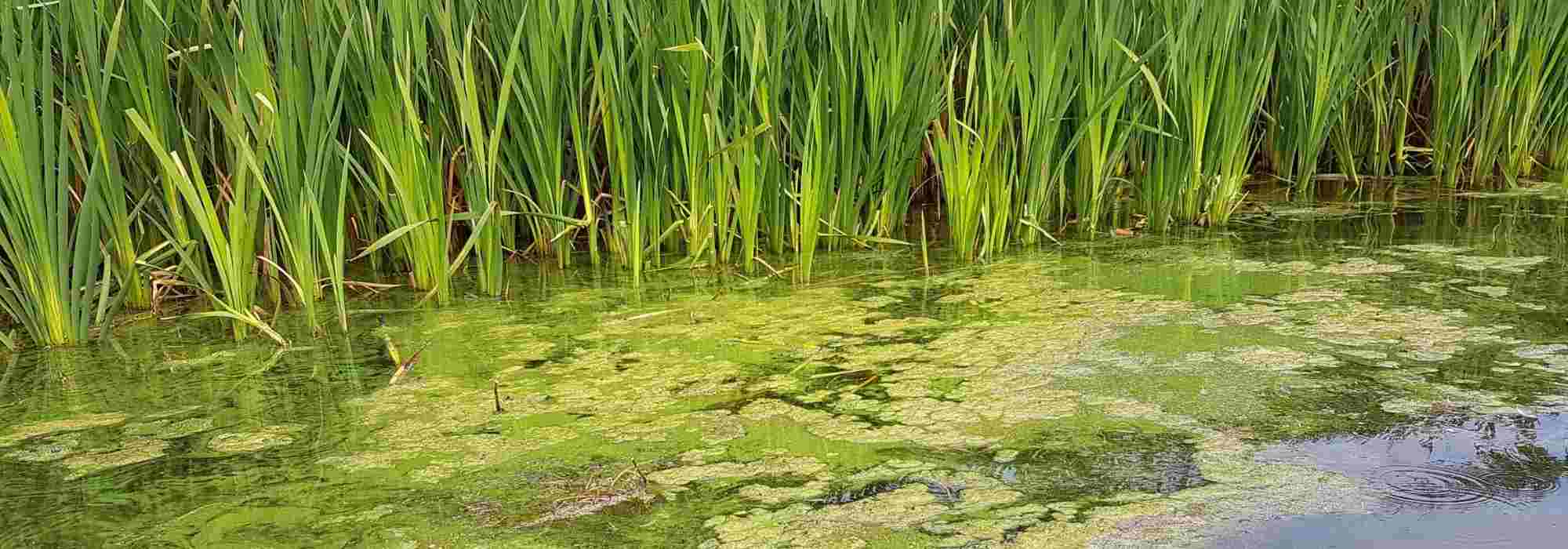
Opaque water no longer allows for good oxygenation and prevents photosynthesis
Adjust the exposure of the pond
Limit and restore balance with woody plants
Most of the time, an abandoned pond ends up being completely shaded by trees and bushes. It may even become entirely filled with silt and host willows, alders, and other woody plants, transforming it into a swamp.
In addition to the danger that roots pose to the pond’s waterproofing, trees can also suffocate the ecosystem by providing excessive shade as well as organic matter from the fall of their leaves.
It is therefore essential to “balance the sunlight” while ensuring that the root system does not damage the structure of the pond.
However, it is important to keep in mind that a period of partial shade or shade is absolutely necessary for your pond to prevent excessive water evaporation during the summer. Shade will also limit the proliferation of green algae and temperature increases in your water.
As you will have understood, it is crucial to choose trees or bushes with modest growth and preferably evergreen. Whatever the choice, avoid the presence of resinous plants, as their needles acidify the pH of the water, which is detrimental.
Always ensure that your pond is well-exposed in the morning until 2 PM in summer, and that it is slightly shaded afterwards, for the benefit of all the little inhabitants of the pond.
Viburnum tinus, privet, cotoneaster, Osmanthus, holly, and barberry are good candidates for partially shading a pond, placed wisely to the southwest of the water point.
- Subscribe!
- Contents
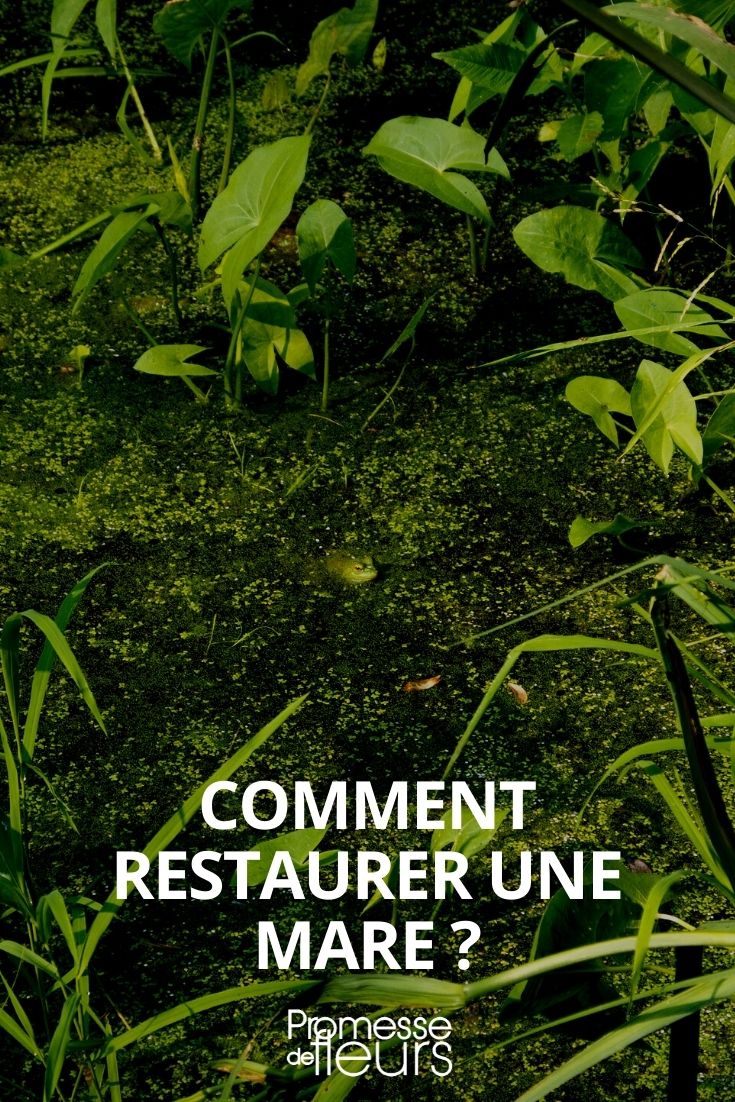































Comments